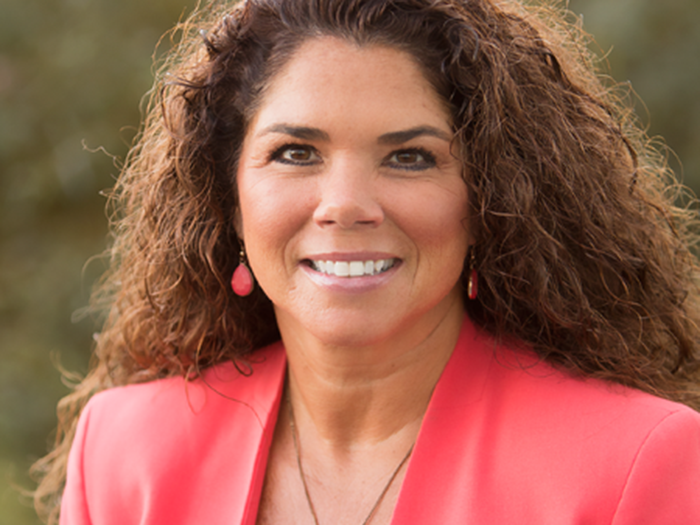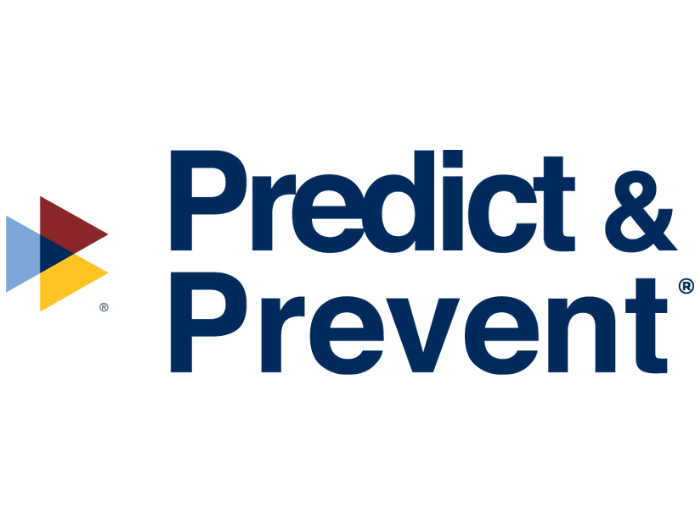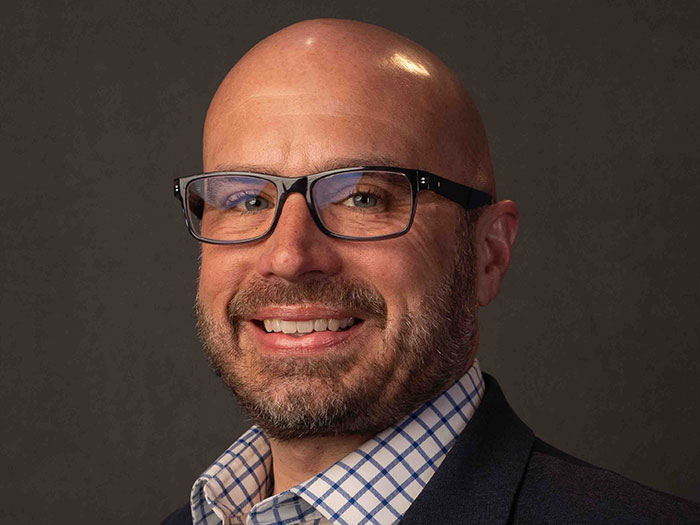Digital Health Apps Are the Wild West. Here’s How to Saddle Up With the Right ‘Pardner’
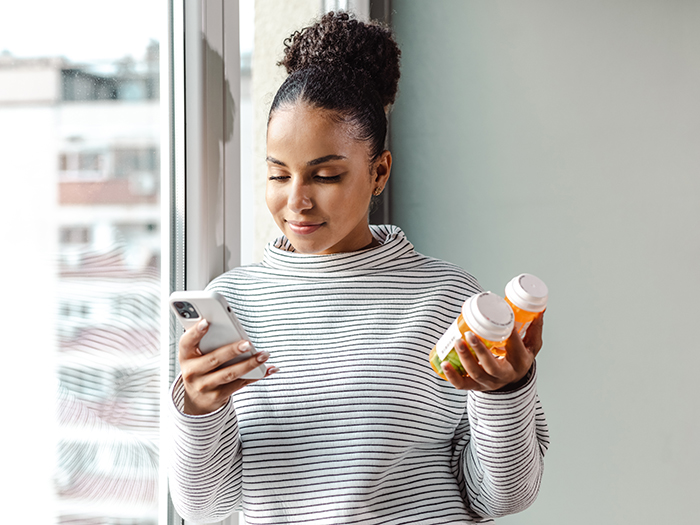
A cliché by now, “there’s an app for that” has crept into every aspect of the modern world, including the most sensitive aspects of our lives, so it’s no surprise that workers’ compensation providers and services are utilizing the wide array of health app options to better serve insureds and injured workers.
But despite the prevalence, quantifiable benefits are harder to come by. Experts in the medical and pharmaceutical management spaces have studied the issue as it has grown and learned that the more specific an app is, the better.
The number of digital health apps available to consumers accelerated during and since the COVID-19 pandemic, barreling past the 350,000 mark in 2021, according to a market report from IQVIA Institute for Human Data Science.
The majority of these apps are designed to track fitness or nutrition goals and are not necessarily useful for workers’ compensation patients, who have specific needs as a population. However, the reason behind the growth in development and adoption is the same.
“Technology continues to get cheaper and therapy continues to be highlighted as a growing sector of health care. It would only be natural for tech firms to actively pursue ways to leverage technology to decrease health care spend,” said Brian Peers, VP of clinical services at MedRisk.
“More and more, we are turning to our smartphones and the internet in general as a first line of defense for health care needs. Many have transitioned to ‘googling’ their symptoms or sharing them on social media and awaiting feedback. Now there is no shortage of apps and wearable devices that purport to address injury and illness, many at no initial expense.”
However, Peers cautioned that many of these are simply “watered down solutions to serious problems” and noted that “some disciplines lend themselves much better to patient-driven health solutions.”
Understanding the Apps
To cut through the mass of marketing buzz, some companies are positioning themselves as experts in the space.
“There’s a lot coming down the pipeline for health and wellness and specific disease state apps. We’re more interested in disease state,” said Nikki Wilson, senior director of clinical pharmacy services at Enlyte.
“We’re developing a digital therapeutics program as part of our pharmacy offering. We’re coming at this from two perspectives: First, we’re developing a list of preferred apps that are on the market today and vetting those with our clinical team like we would for a drug formulary.”
Enlyte’s pharmacy app selection effort is focused on workers’ comp disease states and FDA-certified prescription products, with the aim of piloting this year with a partner client.
“There’s over 400 digital therapeutics for some of those target health conditions,” Wilson explained. “One example is the reSet-O app for opioid use disorder. It couples buprenorphine prescription treatment with counseling and check-ins, and the prescriber prescribes the app, which helps with the holistic treatment.”
The second prong of the program is engaging clinicians to help guide and customize the treatment — activities which involve selecting the patients, entering results, educating patients to increase adoption and then validating the outcomes.
The FDA’s Stance
It’s worth noting that the FDA’s regulation of health apps themselves, like vitamins and supplements, excludes most categories of digital health apps, so the scrutiny of them by providers and the workers’ comp industry writ large is necessary to firstly protect patients and also to ensure return on investment.
The FDA lists 18 common app functions like tracking results and accessing medical records as examples of software functions that are unregulated and not considered medical devices on a 2022 guidance page. However, apps that are tied to medical management programs and devices and store data — the ones most workers’ comp companies are interested in — are regulated.
“There’s FDA guidelines for development shops that build these applications where HIPAA and security is at the forefront, which makes it marketable and on the short list,” said Michael McKinley, senior director of product development at Enlyte.
“From the injured workers, they need that assurance, and that’s part of onboarding. Explaining that piece of it and why it’s important to provide the requested information and how that information will be utilized, and then showing that benefit to them. It’s also the types of inputs. You don’t need 10 years of medical history to address something that is more focused and tied to a condition.”
Measuring Benefits
From the provider side, the disease state model has been observed to be more effective.
Dr. Robert Hall, corporate medical director with Optum, who also still practices, noted blood sugar control with patients with glucometers as his best example of the benefits conferred by these apps, because it’s targeted and precise.
“A lot of times it’s a struggle to get patients to be compliant, because it takes writing and emailing or faxing. The same thing applies with body weight if someone has heart failure, and they’re potentially gaining fluids or their weight is changing as a result of their heart failure, or even people with breathing disorders like COPD,” Hall explained.
Other useful categories are less quantifiable than daily results like blood pressure but do help drive provider action to improve recovery and return-to-work, like medication reminders and at-home physical therapy reminders.
“Tracking mood, tracking pain and tracking depression symptoms, all of those subjective measures, if there’s a way to help manage that through an app and send that information back to the treating provider, that can help with adjusting treatment as well,” said Hall.
Hall cited another interesting category: medical device control, which is a growth area with promise as well.
“For workers’ comp, that’s things like spinal cord stimulators. These apps offer injured workers privacy and convenience to adjust the settings of a spinal cord stimulator through their phone,” Hall said.
“Injured workers who are amputees are another group that can benefit. There are apps being developed to help amputees control certain aspects of their prosthetics via the app. They can essentially tell this small computer chip in their prosthetic knee that now they’re ready to start running or participate in a sporting activity.”
Keeping Workers Engaged — There Is an App for That
The most vital piece of workers’ comp’s relationship to the digital health app space though, is sustained injured worker engagement. For many in the medical management and pharmaceutical spaces, this means a combination of ease of use assessment, and demographics, as well as onboarding.
“We’re currently partnering with a digital solution on the market today that provides guidance for injured workers throughout their journey, as well as helps enhance communications with their claims teams,” said Kristine Kennedy, SVP, product strategy and innovation at Healthesystems.
Key evaluation measures for Kennedy’s team included consumer expectations, intuitive design, and customization for consumer preferences.
“And is it delivering the right information, at the right time, in order to help reduce the confusion and barriers that can impede recovery. Year after year in the Industry Insights Survey that Healthesystems conducts in partnership with Risk & Insurance®, injured worker unfamiliarity with the workers’ comp system is identified as the number one barrier to recovery.
“So a tool that helps them navigate this overall process is similarly important as apps that help them manage the medical aspects of their care,” she said.
Some cite impressive statistics for engagement. Healthesystems’ partner Gain Life Inc. reported upwards of 50% adoption with 80% or greater engagement rates.
“From a claims professional’s perspective, these apps reduce the game of phone tag, streamline administrative tasks, and automate processes to allow them to connect with injured workers more frequently as needed,” said John C. Peters, Ph.D., co-founder and chief science officer for Gain Life.
All in all, the wild west is coming to heel, as companies devote more resources to meeting consumer demand for digital health apps without sacrificing security and effectiveness, and if the industry can reduce friction and increase the likelihood that injured workers recover quickly and return to work, it’s undoubtedly a worthy investment. &
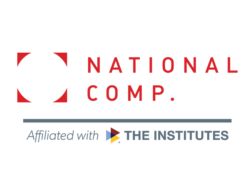 Want to learn more about navigating the landscape of digital health apps? Nikki Wilson and Michael McKinley will present “350,000 Choices and Counting: How to Navigate Digital Health Solutions for Clinical Care” on Sept. 20th at National Comp 2023.
Want to learn more about navigating the landscape of digital health apps? Nikki Wilson and Michael McKinley will present “350,000 Choices and Counting: How to Navigate Digital Health Solutions for Clinical Care” on Sept. 20th at National Comp 2023.







